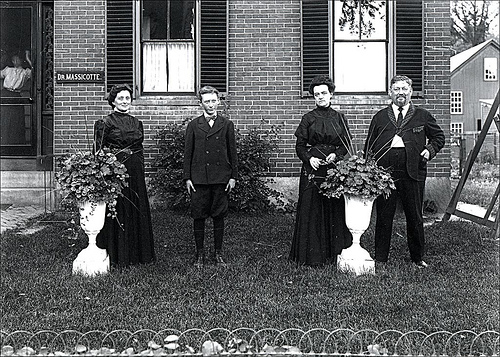
Each Friday on msnbc.com’s Overhead Bin, I tackle a reader’s travel-related question. This week’s topic was flying with cremated remains.
Dottie Flanagan, an accounting manager from Falmouth, Mass., will be flying to Knoxville, Tenn., in a few months to bury her mother’s cremated remains.
Flanagan isn’t sure yet which airline she’ll fly on or whether she’ll fly out of the airport in Boston or Providence, R.I., but she wrote to Overhead Bin to ask if there might be a problem taking the urn along as a carry-on item.
“The funeral parlor gave me the urn wrapped in bubble wrap and placed in a bag with handles,” said Flanagan. “It is ceramic with pink roses on it, shaped like a ginger gar and about 11 inches high. The lid is glued to the bottom and it cannot be opened. I’m sure I could obtain a letter from the funeral home certifying what was in the container if that would help.”
To help Flanagan with this task, I first reviewed the “Transporting the deceased” section of Transportation Security Administration website. There we learned that while passengers are allowed to carry a crematory container as carry-on luggage, the container must still pass through the X-ray machine. According to the TSA, “If the container is made of a material that generates an opaque image and prevents the Transportation Security Officer from clearly being able to see what is inside, then the container cannot be allowed through the security checkpoint.”
Paperwork from a funeral home about the contents of a container will not exclude it from screening and the TSA states that “out of respect … under no circumstances will an officer open the container even if the passenger requests this be done.”
As a precaution, TSA urges travelers to get a crematory container made of wood or plastic that can be successfully X-rayed. That still left me wondering about Flanagan’s ceramic container and we asked TSA spokesperson Nico Melendez to take a look at a jar similar to the one Flanagan will be carrying.
“Most urns will go through the X-ray machine with no problem,” said Melendez, “and this looks like porcelain, and should be fine. The problems we have are with containers made of lead that are difficult to see through, which is why we ask people to travel with the simplest container possible.”
If an urn is turned away from the security checkpoint, Melendez points out that the TSA does permit urns to be screened and placed in checked luggage. But some airlines specifically prohibit crematory containers from checked baggage.
The bottom line? For the final word on transporting cremated remains to their final resting spot, check with your carrier.
(Photo courtesy Flickr Commons.)